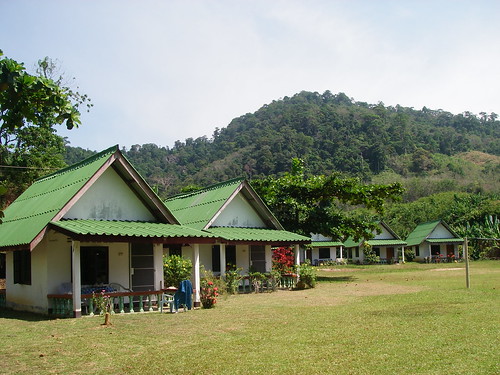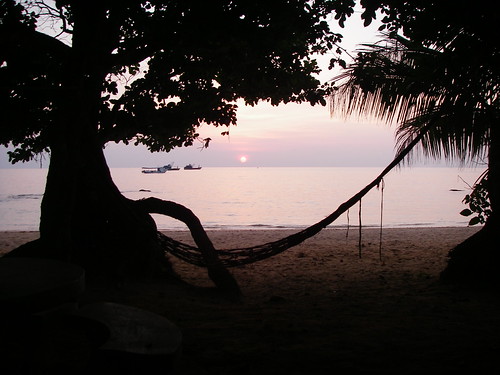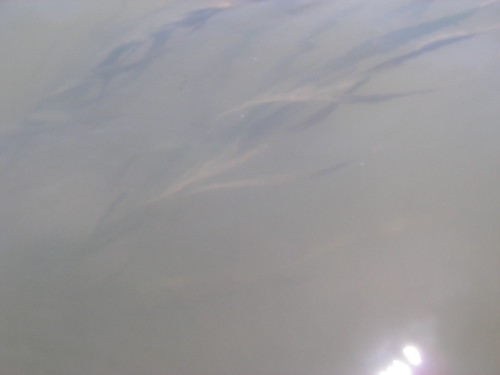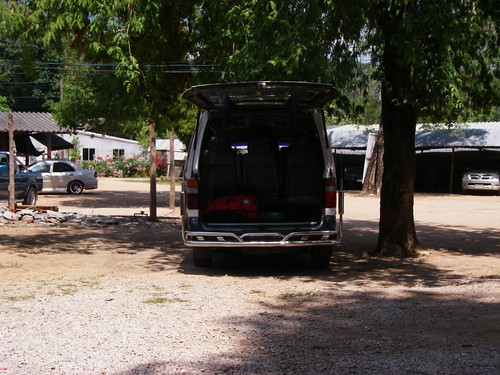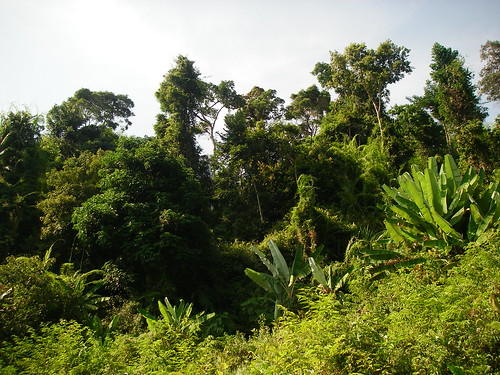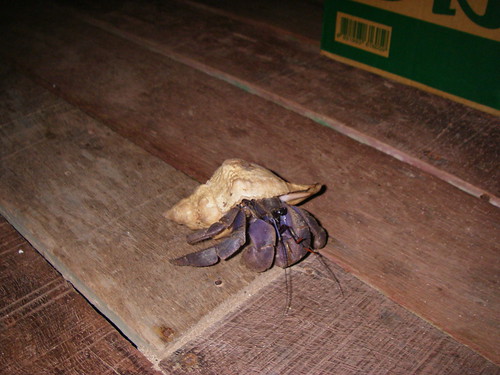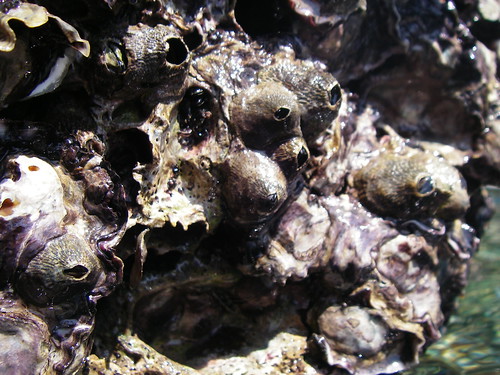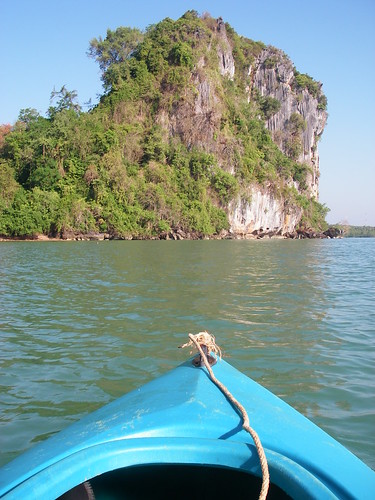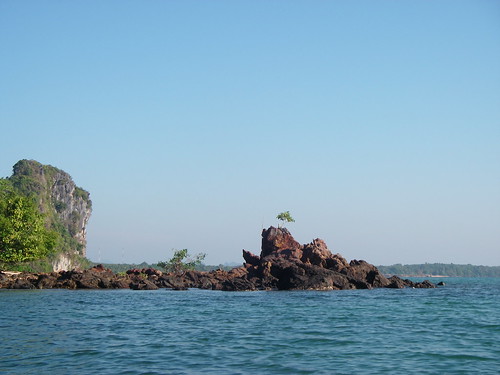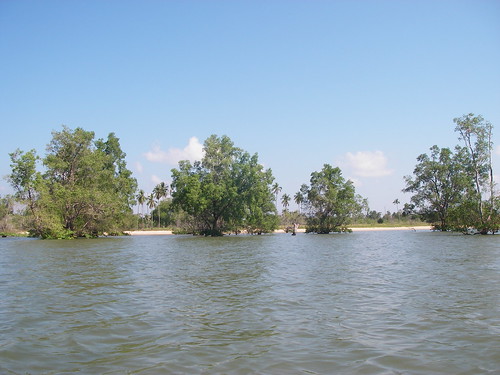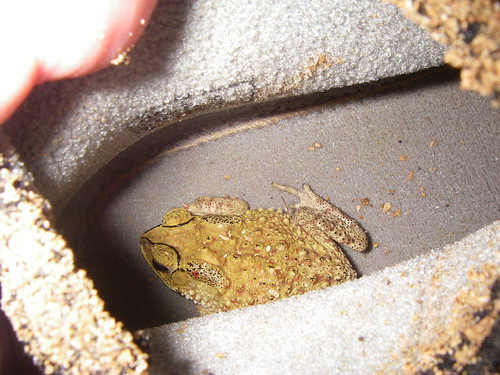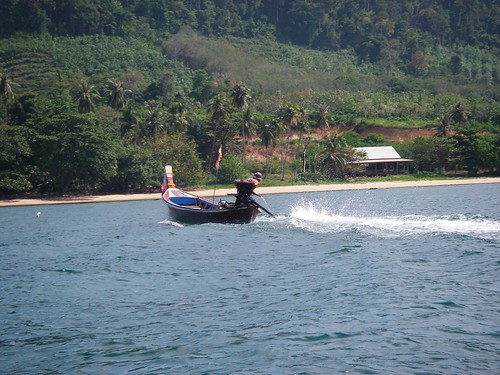Escape The Winter Blues…
Sunday, May 16th, 2010…and do something worthwhile next year!
By now, regular readers will know that I’ve recently become interested in the Libong Nature Beach Resort, part of the Lifelong Learning Foundation, a charity that, through its resorts, seeks to promote eco-tourism, local lifelihoods, education and wildlife.
The resort regularly receives volunteers who come to learn about life in the Sea Gypsy community, ecotourism and the local wildlife. They take part in various tours and activities, help with looking after the guests—mainly with translation and advise—and keep the books, for as the Professor said, an open book policy is fundamental to the charity’s goals.
In fact there is almost no limit to what you might get up to as a Libong volunteer, from helping to build a rainforest camp, teaching English to the local children (and staff) or becoming involved in local crafts and small business initiatives.
Now an opening has arisen for one or two volunteers to spend the peak season (Nov-April) at the Libong Nature Beach Resort, to work with guests and locals and teach visitors about sustainable ecotourism. Food and lodging is provided but there will be a donation of 10,000 baht a month to cover admin expenses and support the foundation.
You know it makes sense!
